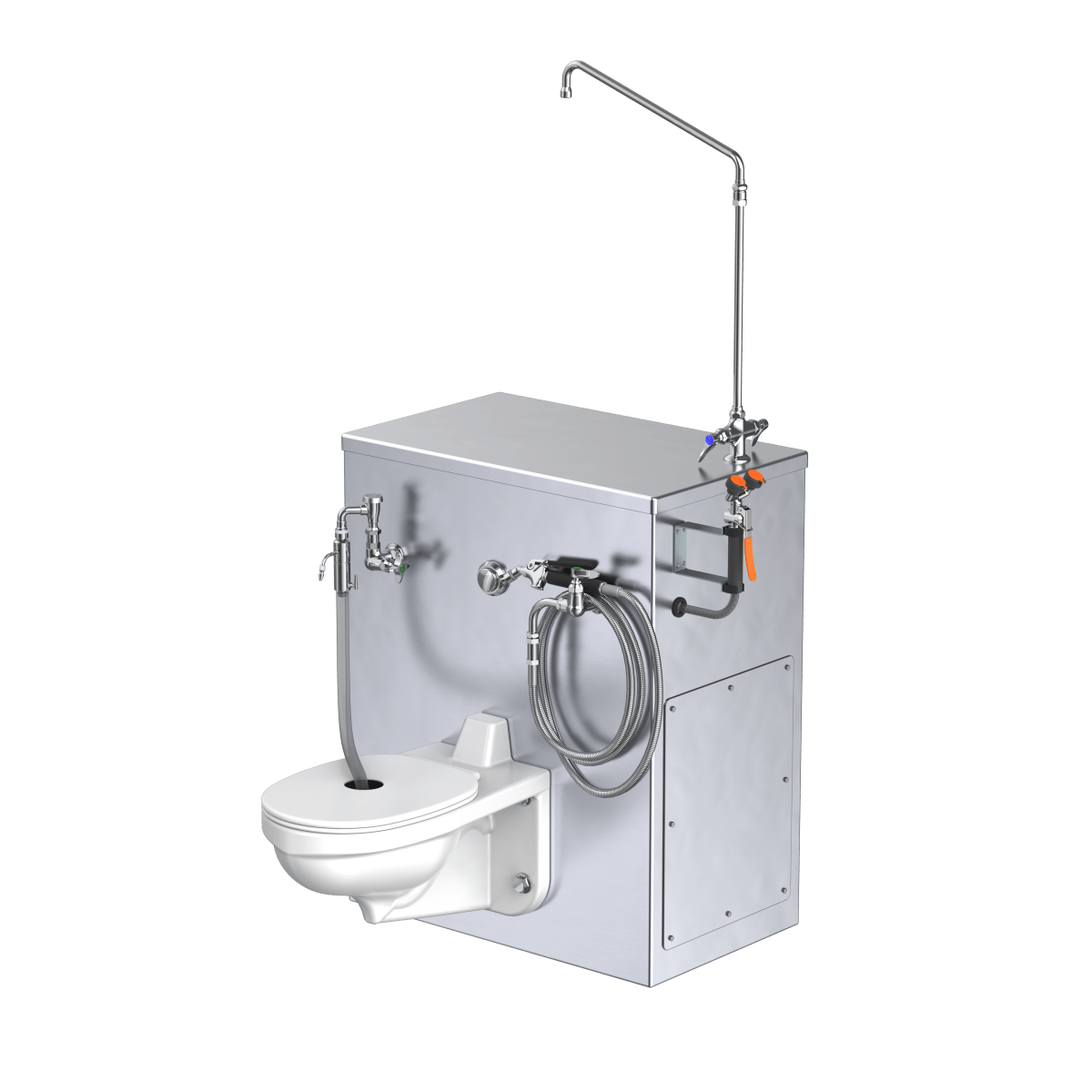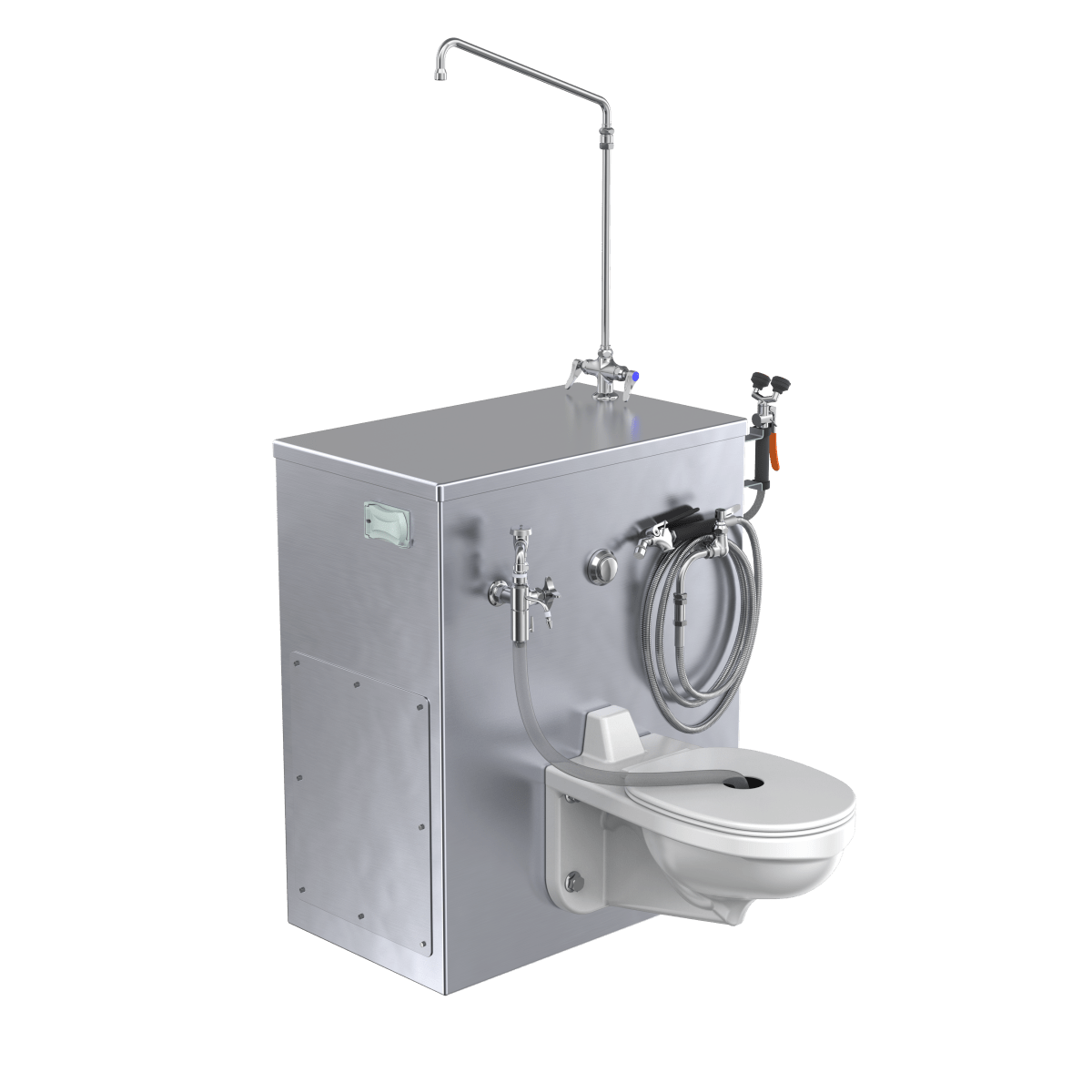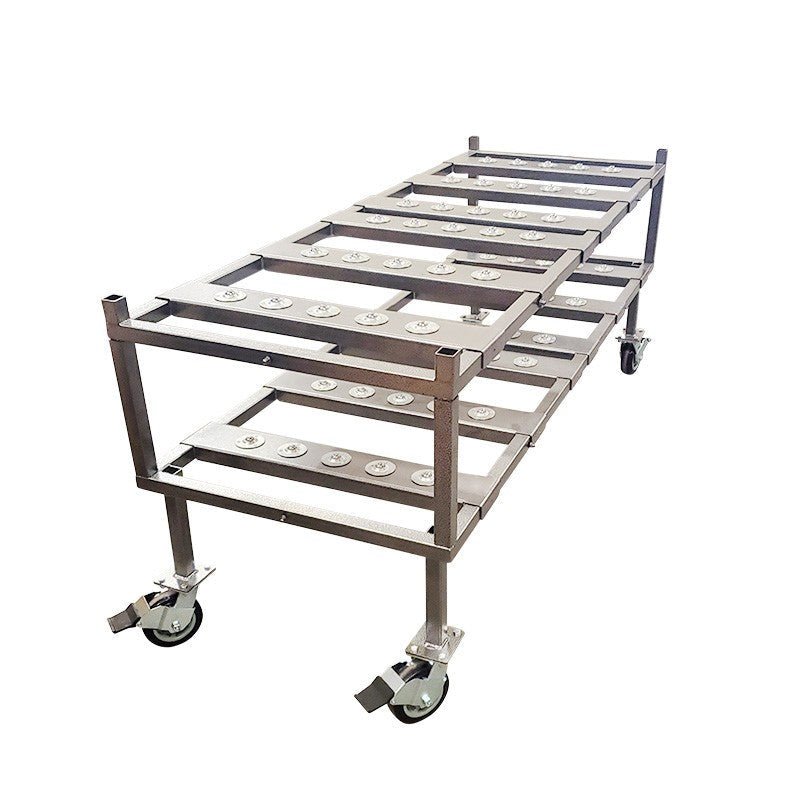Benefits and Process of Body Composting
Body composting is an eco-friendly process that gently transforms human remains into nutrient-rich soil. Unlike traditional methods, which often involve chemicals and contribute to environmental degradation, body composting aligns with the natural lifecycle, allowing our bodies to return to the earth in a sustainable and meaningful way. This method supports the idea of life cycles, where every end is also a beginning, contributing to new growth and life in the surrounding environment.
The process involves placing the body in a specially designed vessel along with organic materials like wood chips, straw, and alfalfa. These materials play a crucial role in facilitating decomposition by creating the perfect balance of carbon and nitrogen. Over several weeks, the combination of microbial activity, oxygen, and heat breaks down the body, resulting in soil that can be used to enrich the earth. This process not only honors the natural cycle of life and death but also supports biodiversity and soil health.
How Does Body Composting Work?
Body composting takes place in a controlled environment using mortuary equipment designed to facilitate the decomposition process. Here's a step-by-step breakdown of the process:
- Preparation: The body is placed in a composting vessel along with organic materials. These materials help to create the right balance of carbon and nitrogen, which is essential for decomposition. The vessel is carefully monitored to ensure optimal conditions, promoting efficient and complete breakdown of the remains.
- Decomposition: Over the course of several weeks, the body is broken down by naturally occurring microbes and bacteria. The vessel is kept at a consistent temperature to speed up this process, usually around 131 degrees Fahrenheit, which is sufficient to destroy pathogens while allowing beneficial bacteria to thrive.
- Transformation: As decomposition progresses, the body transforms into a nutrient-rich soil. This soil is then screened to remove any non-organic material, ensuring that the end product is pure and safe for use. The transformation process is a testament to the power of nature, turning what was once a life into a source of life for plants and ecosystems.
- Completion: The resulting soil can be returned to the family or used in conservation projects, gardens, or forests. This final step allows loved ones to decide how best to honor the deceased, whether by nurturing a family garden or contributing to a reforestation project, creating a lasting legacy of renewal and growth.
Benefits of Body Composting
Body composting offers a range of environmental and societal benefits that make it an appealing option for those seeking a sustainable end-of-life choice. It represents a shift towards more conscientious living, even in death, providing an opportunity to positively impact the environment and community.
Environmental Impact
Traditional burial and cremation have significant environmental impacts. Burial often involves embalming chemicals and non-biodegradable caskets, while cremation releases carbon dioxide and other pollutants into the atmosphere. In contrast, body composting is a carbon-neutral process that enriches the soil and supports new life. By avoiding harmful chemicals and emissions, body composting reduces the ecological footprint associated with end-of-life processes.
Moreover, the nutrient-rich soil produced through body composting contributes to healthier ecosystems. It improves soil quality, promotes plant growth, and can help combat soil erosion and degradation. This method embodies the principles of conservation and sustainability, turning a traditionally wasteful process into one that supports ecological balance.
Land Conservation
As urban areas expand, available land for traditional burials is becoming scarce. Body composting requires less space and doesn't contribute to land overuse. By transforming bodies into soil, we can return nutrients to the earth and help conserve precious land resources. This is particularly beneficial in densely populated areas where land is at a premium.
Additionally, body composting can be integrated into existing land conservation efforts, such as reforestation and habitat restoration projects. By reducing the need for burial plots, this method helps preserve natural landscapes, ensuring that future generations have access to green spaces and wildlife habitats.
Cost-Effectiveness
Body composting is often more affordable than traditional burial or cremation. Without the need for embalming, caskets, or headstones, families can save money while choosing a more environmentally friendly option. The reduction in costs associated with traditional funeral practices makes body composting an attractive choice for many families.
Furthermore, the process is straightforward and involves fewer logistical challenges compared to conventional methods. This simplicity not only reduces costs but also offers a more personal and meaningful experience for families, allowing them to focus on commemorating their loved one rather than navigating complex arrangements.
Comparing Body Composting with Other Eco-Friendly Methods
Resomation
Resomation, also known as alkaline hydrolysis, is another eco-friendly alternative to traditional cremation. This process uses water and alkaline chemicals to break down the body, resulting in a liquid solution and bone ash. While resomation has a lower carbon footprint than cremation, it doesn't provide the added benefit of enriching the soil like body composting does. Resomation is a less tangible process, lacking the physical return of nutrients to the earth, which many find appealing in body composting.
Moreover, resomation involves the use of chemicals, which, although less harmful than those used in embalming, still raise concerns for some individuals seeking a purely natural option. In contrast, body composting relies solely on organic materials and natural decomposition, providing peace of mind for those prioritizing environmental integrity.
Natural Burial
Natural burial involves placing the body directly into the ground without embalming or a traditional casket. While it's a simpler and more eco-friendly option than conventional burial, natural burial still requires land use and doesn't offer the same soil enrichment benefits as body composting. This method, while respectful of nature, doesn't maximize the potential for ecological contribution.
Additionally, the impact of natural burial on land use can be significant, particularly in areas with high population densities. Body composting, by transforming remains into soil, offers a solution that minimizes land use while enhancing environmental benefits, making it a more comprehensive approach to sustainable end-of-life options.
The Future of Body Composting
As more people seek sustainable end-of-life options, body composting is likely to become increasingly popular. Several states in the U.S. have already legalized the practice, and more are expected to follow suit. As awareness grows, we can anticipate improvements in technology and processes that will make body composting more accessible to everyone. Innovations in vessel design and composting techniques may further enhance efficiency and reduce costs, broadening the appeal of this method.
Legal Considerations
Currently, the legality of body composting varies by location. It's important for individuals interested in this option to research local laws and regulations. As public demand for sustainable burial options increases, we may see more widespread acceptance and legalization of body composting. Efforts to educate lawmakers and the public about the environmental and societal benefits of this practice could accelerate its adoption across regions.
In addition, the development of standardized guidelines and certifications for body composting could help ensure consistent quality and safety, building trust among consumers and facilitating broader acceptance of this eco-friendly alternative.
Community and Cultural Impact
Body composting also has the potential to impact community and cultural practices surrounding death. It offers a way for individuals to leave a positive legacy by contributing to environmental conservation and sustainability. As more people embrace this option, it could lead to a shift in how we view and approach end-of-life choices, encouraging a more sustainable and harmonious relationship with nature.
Furthermore, body composting can foster community engagement and education about sustainable practices. By involving communities in conservation projects or memorial gardens, this method can strengthen social bonds and promote a collective commitment to environmental stewardship. As cultural attitudes towards death evolve, body composting may play a key role in shaping future traditions and practices.
Conclusion
Body composting presents a compelling alternative to traditional burial and cremation, combining environmental responsibility with a meaningful legacy. As we continue to explore sustainable practices in all aspects of life, this innovative approach offers a way to honor our loved ones while giving back to the earth. Whether you're considering your own end-of-life plans or exploring options for a loved one, body composting is a choice that reflects a commitment to the planet and future generations. By embracing this method, we can contribute to a more sustainable and compassionate future, where our final act is one of renewal and life.


















